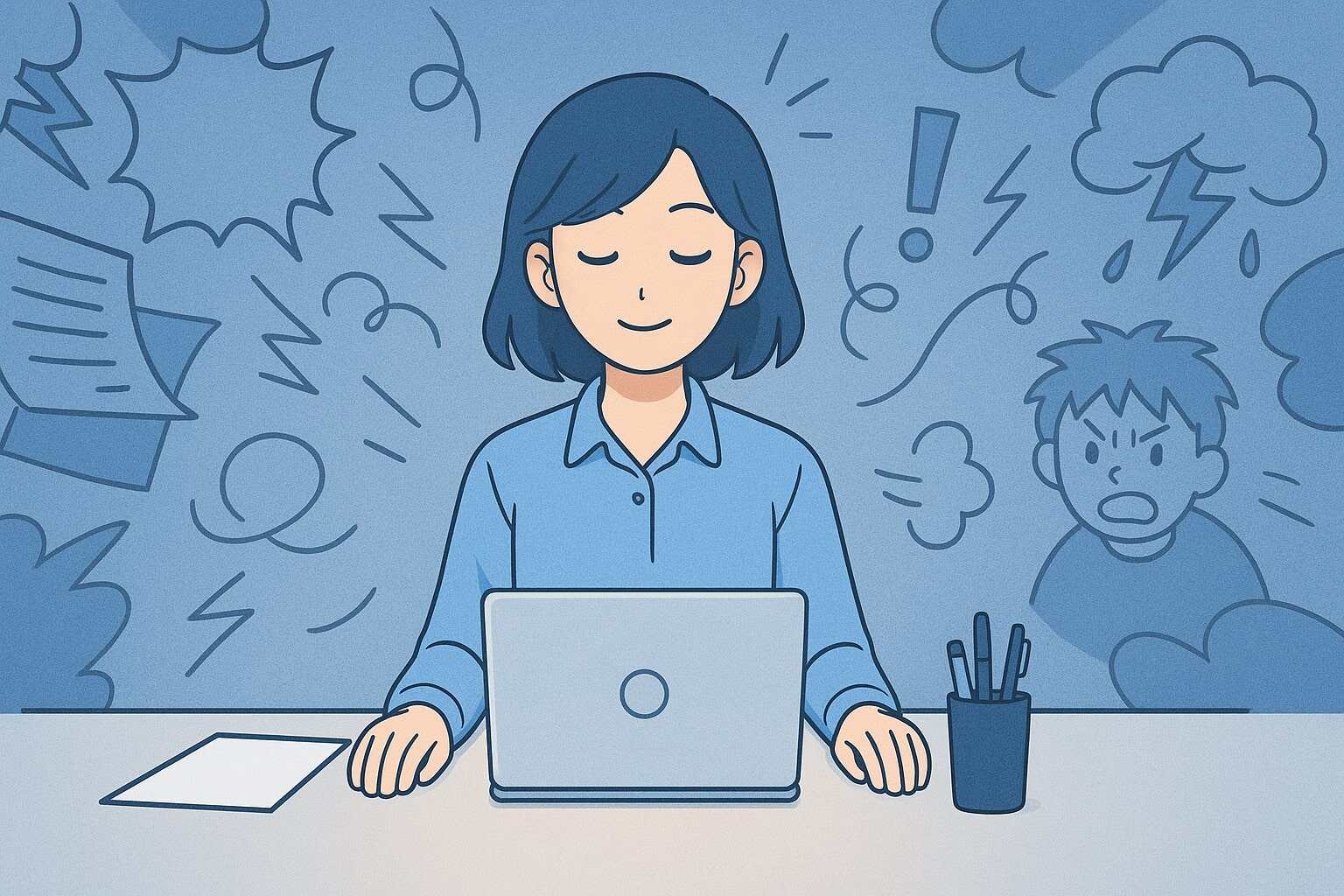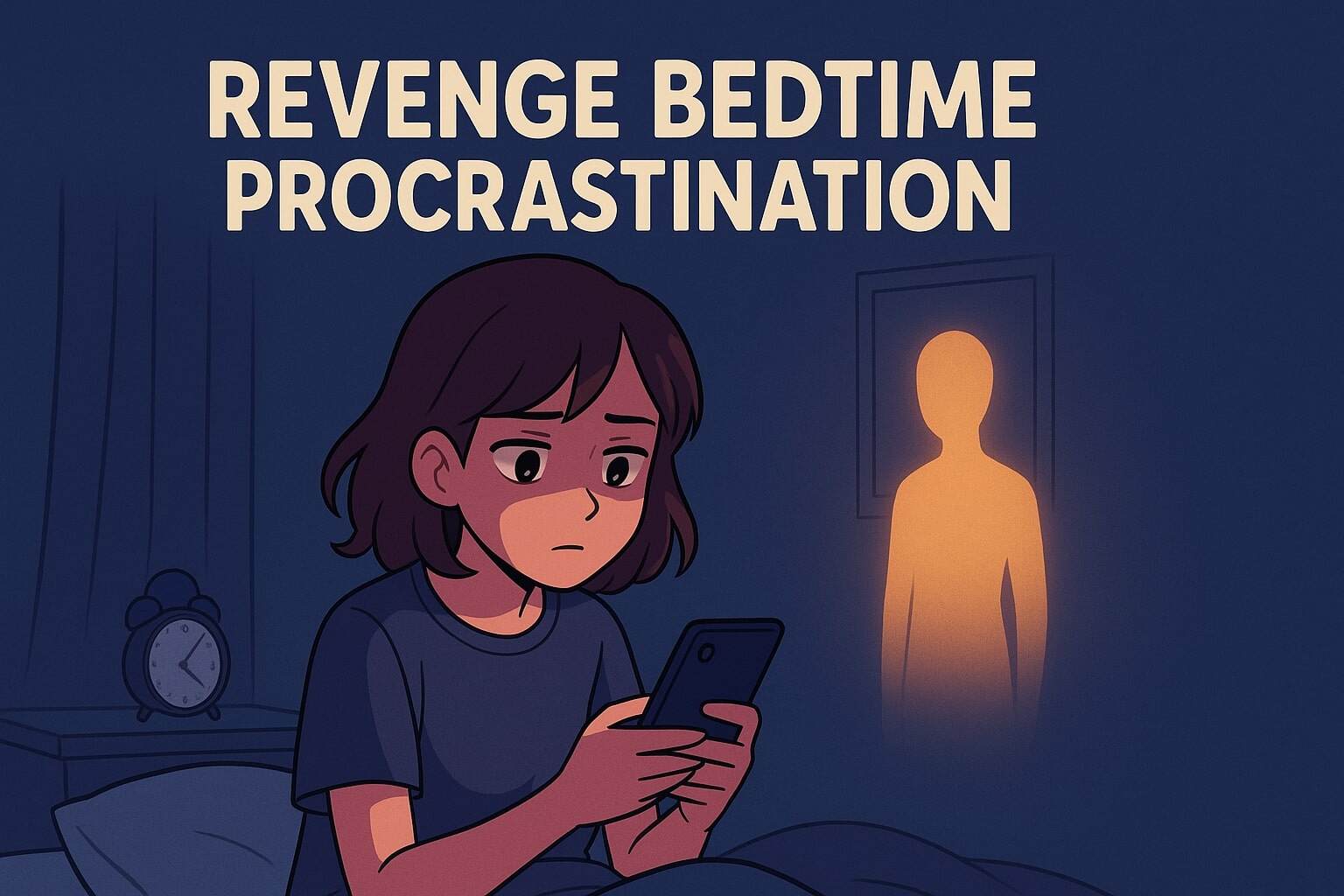Emails. Deadlines. Slack pings.
Someone microwaved fish again.
Work can feel like a storm you can’t escape—constant pressure, scattered focus, and zero peace.
But what if you didn’t need a retreat in the mountains to feel calm at work?
What if you could create calm in the chaos?
That’s what mindfulness at work is about—not escaping your job, but learning how to show up differently inside it.
What Is Mindfulness at Work?
Mindfulness means paying attention on purpose, in the present moment, without judgment.
At work, this looks like:
-
Being fully present in meetings
-
Not reacting impulsively to stress
-
Noticing when your mind wanders
-
Breathing before replying to that passive-aggressive email
It’s not about doing less work. It’s about working with clarity and calm—not anxiety on autopilot.
Why You Need Mindfulness on the Job
You’re not imagining it—modern work is brutal on the mind.
According to the American Psychological Association, burnout and work-related stress are at record highs.
Source
Our brains were never meant to:
-
Switch between 12 tabs in 60 seconds
-
Respond to texts during meetings
-
“Deep work” while being pinged every 5 minutes
Mindfulness isn’t just a trend—it’s a tool for survival in today’s work culture.
5 Micro-Practices to Stay Mindful at Work
Forget the 45-minute meditations.
Here are realistic, invisible, and effective mindfulness hacks to use in the middle of the madness.
1. The Inbox Breath
Before opening your inbox, pause.
Take one deep, intentional breath.
-
Inhale: “I’m here.”
-
Exhale: “I can handle what’s next.”
You’re training your brain to respond, not react.
2. The 3-Point Check-In
Once every hour, silently ask yourself:
-
What’s happening in my body?
-
What’s the tone of my thoughts?
-
Am I breathing?
This 30-second check builds emotional awareness—the key to not snapping under pressure.
3. Mindful Meetings
During meetings, pick one anchor:
-
The feeling of your feet on the floor
-
The rhythm of your breath
-
The tone of each person’s voice
You’ll stay present—and pick up on details others miss.
4. Intentional Transitions
After finishing a task, pause.
Close your eyes for 5 seconds. Breathe.
Let that task go before jumping into the next.
This prevents cognitive residue—when the last task follows you like a ghost.
5. End-of-Day Mind Dump
Before logging off, take 2 minutes to jot down:
-
What went well today
-
What’s on your mind
-
One thing you’re grateful for
This clears your head—and helps you mentally leave work at work.
💬 “You can’t stop the waves, but you can learn to surf.”
— Jon Kabat-Zinn
Mindfulness Makes You Better (and Not Just Nicer)
Research shows that employees who practice mindfulness:
-
Make better decisions
-
Have higher resilience
-
Experience less emotional reactivity
-
Improve focus and productivity
And no, you don’t need to chant or sit cross-legged to access these benefits.
You just need awareness—and the willingness to pause.
Final Thoughts
Work doesn’t have to feel like survival.
Even inside the madness, you can build a calm, clear space in your mind—a place that no boss, deadline, or Slack notification can take from you.
That’s mindfulness at work.






